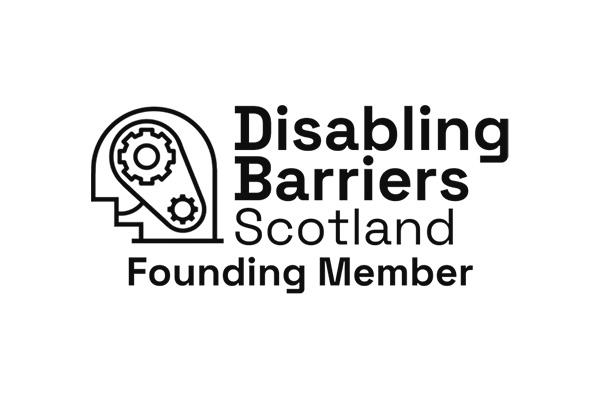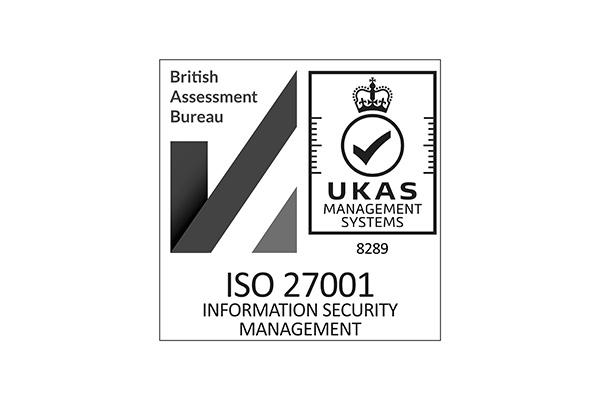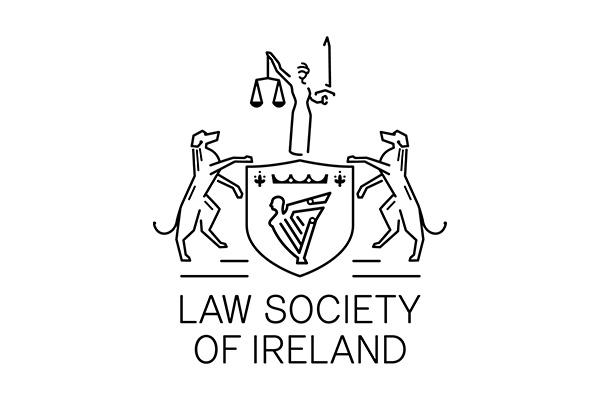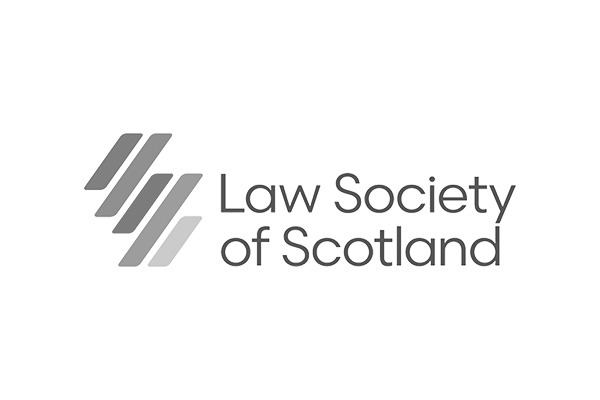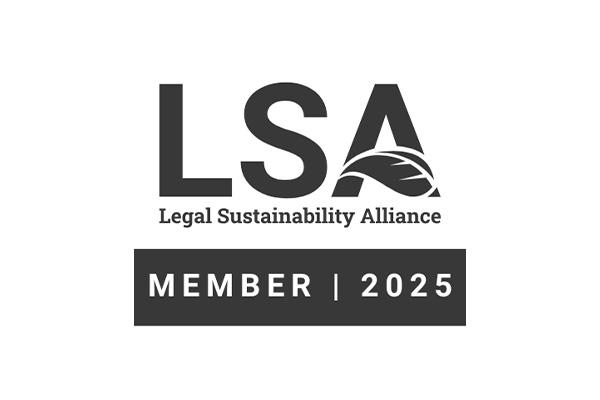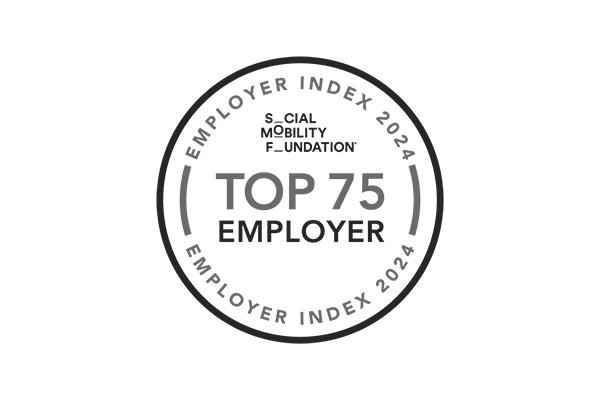
Contributors: Leigh Herd, Frazer Meldrum
Date published: 18 July 2025
Greater Glasgow Health Board v Multiplex Construction (Europe) Ltd and others
Introduction
The Scottish Courts have recently delivered some essential clarity on when the five-year prescription period for construction defect claims in Scotland begins, and on the narrow conditions under which it can be paused by section 6(4) of the Prescription and Limitation (Scotland) Act 1973. In summary, the Court confirmed that prescription begins at practical completion of the works, and strictly limits when the “saving provisions” under section 6(4) of the Prescription and Limitation (Scotland) Act 1973 can cure a time-barred claim.
The decision offers as stark guidance that accurate, up-to-date project records, and early issue-spotting are the best safeguards against parties potentially losing the right to recover for defects in Scotland.
Background
In 2009, Greater Glasgow Health Board (GGHB) entered into a building contract with Multiplex Construction (Europe) Ltd (MPX) for the design and construction of Queen Elizabeth University Hospital in Glasgow (QEUH). The date of practical completion was 26 January 2015. On 22 January 2020, a Court of Session summons was served on MPX alleging various defects in the hospital. That action remains on hold pending the outcome of numerous adjudications.
The claim in which this article relates (“the action”), however, is in respect of the cladding in the atrium of QEUH, which was not included in the action raised in January 2020. Although the Grenfell Tower fire in 2017 prompted audits of cladding materials, it was not until February 2021 that GGHB discovered that the hospital’s atrium featured aluminium composite panels with polyethylene cores. GGHB alleged these failed to meet the required Euroclass B standard.
MPX also brought into the action, as third parties, WSP (UK) Ltd (WSP), the fire consultants, and Nightingale Architects Ltd (NA), the architects, as well as having standalone claims against each. MPX also raised a downstream action against J&D Pierce (Contracts) Ltd (JDP), the subcontractor that supplied the cladding (the contractor which supplied other non-compliant cladding having gone into liquidation).
While denying allegations of breach of contract, breach of warranty, and breach of indemnity, MPX also defended the action on the ground that any claim GGHB might have had, has “prescribed” (passed the time limit for raising a claim in Scotland).[CB1]
In each of the actions (including that against JDP), the Court fixed proof before answers, which were all heard together, on the sole question of whether any of the claims in respect of cladding in the atrium have prescribed.
Prescription
The framework that governs prescription in Scotland is the Prescription and Limitation (Scotland) Act 1973 (the “1973 Act”). In its defence of the action, MPX alleged, pursuant to 6(1) of the 1973 Act, that the obligations that GGHB sought to enforce became enforceable more than five years before the action was raised and were, therefore, prescribed. GGHB, having served the summons on 4 March 2022, accepted this, however, sought to rely on the ‘saving provisions’ at s6(4) of the 1973 Act.
(4)In the computation of a prescriptive period in relation to any obligation for the purposes of this section—
(a)any period during which by reason of—
(i)fraud on the part of the debtor or any person acting on his behalf, or
(ii)error induced by words or conduct of the debtor or any person acting on his behalf, the creditor failed to make a relevant claim in relation to the obligation, and
(b)any period during which the original creditor (while he is the creditor) was under legal disability,
shall not be reckoned as, or as part of, the prescriptive period:
Provided that any period such as is mentioned in paragraph (a) of this subsection shall not include any time occurring after the creditor could with reasonable diligence have discovered the fraud or error, as the case may be, referred to in that paragraph.
When assessing the 1973 Act, Lord Braid helpfully set out that “For a creditor to be able to rely on section 6(4), it must prove (1) that there was a period when it laboured under an error as to the scope of its remedies; (2) that the debtor caused or induced that error by words or conduct; (3) that the error so induced was the reason the creditor did not make a claim; and (4) when the period of error began and ended”.
The decision
When prescription began
The first matter to be decided was when prescription began to run. GGHB contended that it was 26 January 2015, the date of practical completion. MPX, however, advanced the argument that it was January 2013, as this is approximately the date when GGHB first paid MPX for non-compliant cladding. Lord Braid favoured the position of GGHB and did not accept MPX’s submission that it would have been open to GGHB to sue MPX in respect of a defective design before the date of practical completion.
Induced error test
The Court was then tasked with considering the merits of GGHB’s assertion of the applicability of the saving provisions of the 1973 Act. GGHB contended that it was induced into error in not knowing “(a) that the cladding panels were of the ACM type, (b) that the panels had a polyethylene core and (c) that they did not meet the Euroclass B standard.” In support of its case, GGHB relied on “both active and passive representations by MPX”, which GGHB contended induced error on its part. Those representations included payment applications, submission of a building warrant completion certificate, information contained within the Operating and Maintenance Manual (O&M Manual), and multiple emails, as well as failures by MPX to tell GGHB what it knew.
It was MPX’s position that none of the above representations were capable of engaging s6(4) of the 1973 Act. MPX contended that these were everyday routine matters, not out of the ordinary, and were not spoken to as having been relied upon by any of GGHB’s witnesses who gave evidence.
Ultimately, Lord Braid found that GGHB was unable to prove that s6(4) of the 1973 Act applied. Lord Braid stated that none of the GGHB witnesses gave evidence that they were induced into error at the time by any of the allegations relied upon by GGHB. Lord Braid stated that “ignorance of a state of affairs is not necessarily the same as labouring under an error as to that state of affairs.”
During the proof before answer, it transpired that MPX was aware of a possible issue regarding the atrium which it did not disclose to GGHB for almost three years. Lord Braid ultimately found that this had no bearing on s6(4) of the 1973 Act. He found that knowledge of the issue, in itself, did not amount to an inducement.
Reasonable diligence
The Court then considered, with the exercise of reasonable diligence, whether the issues could have been discovered by GGHB sooner than the actual date of discovery, 9 February 2021, and if so, by what date? MPX contended that GGHB was obliged, by way of fire safety policy document for NHS Scotland entitled ‘CEL 11’, to carry out its own investigations into the as-built conditions of the atrium and that a proper reference record of all installed materials was required to be kept. Lord Braid found in favour of MPX’s position, finding that GGHB did not comply with CEL 11 and this amounted in a failure to exercise reasonable diligence.
Key takeaways
The decision offers clear guidance on several key aspects of prescription. Firstly, Lord Braid was clear that the default position for construction claims in Scotland is that prescription starts from the date of practical completion. This is well-known in the industry, but nonetheless is a welcome clarification to businesses.
Further, the decision also offers clear guidance on the applicability of the saving provisions in s6(4) of the 1973 Act. In order for a party to be successful, they must show that there was an inducement of an error. As Lord Braid helpfully put it, “If I venture outside without an umbrella, not knowing whether it is raining or not, I cannot be said to have been in error as to the weather conditions. On the other hand, if I am told that it is sunny, when in fact it is raining, then I will have ventured out under error.” The decision shows that a party wanting to rely on section 6(4) must go further than just showing that it was unaware of the issue in order to demonstrate that it was induced by error.
If you would like to discuss any of the issues raised in this article, or have any questions relating to construction disputes, please get in touch with a member of our construction, engineering and infrastructure disputes team.
Contributors:
Frazer Meldrum
Solicitor
To find out more contact us here
Expertise: Dispute Resolution
Sectors: Construction and Infrastructure, Real Estate and Infrastructure









